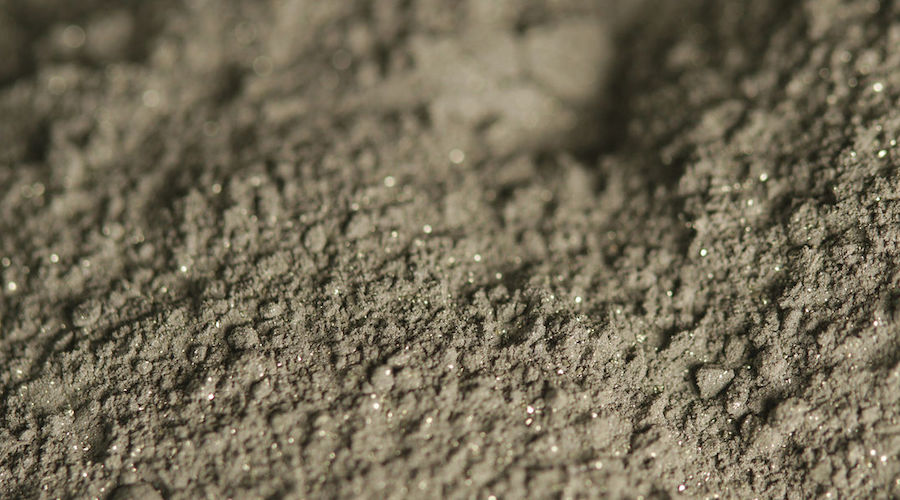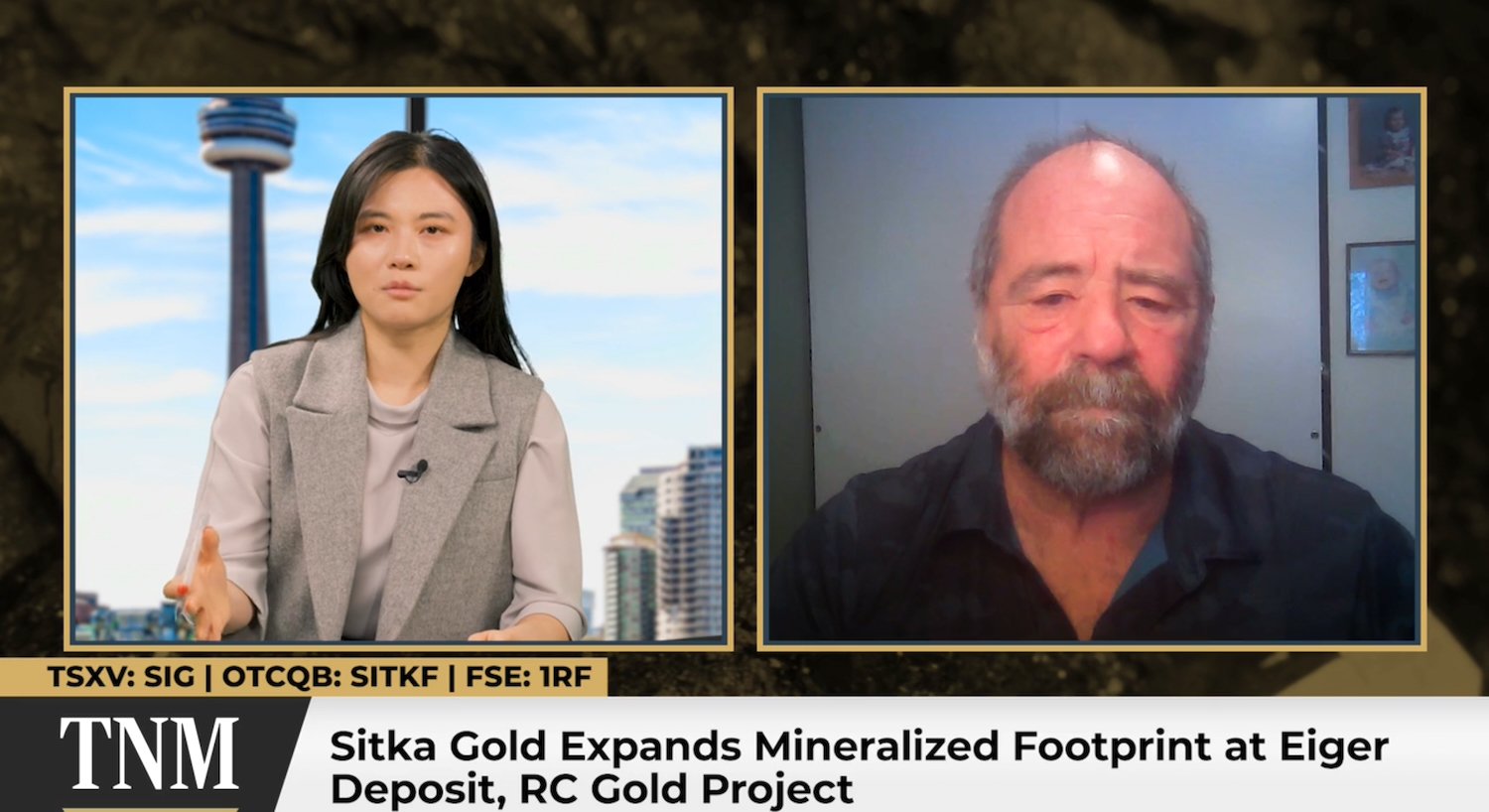The compound is an aqueous polymer-surfactant mixture consisting of a nonionic amphiphilic polymer and a nonionic surfactant pair to be used as a flotation frother.
The polymeric component of the mixture is a biodegradable cellulose derivative called hydroxypropyl methylcellulose, which is produced from sustainable sources.
According to Rodrigo Serena, who is leading the research, the cellulose-based compound accelerates the flotation process, and works efficiently in a wider range of pH conditions, making it less sensitive to the changes in process conditions. In some cases, like for zinc materials, the compound also helps reduce the need for chemicals in other aspects of processing, as well.
Serna said that he has been working on the technology for years and that the latest iteration, which may be commercialized under the name CellFroth, is being tested with minerals containing gold.
Previously, the compound was tested in a lab setting with minerals containing copper and zinc, and in continuous operation at a mini-plant with ores containing copper. It has also been tested for the recovery of copper from waste streams, including mineral tailings and waste slag from metal refineries.
Serna and his team now plan to investigate commercialization possibilities.
In the scientist’s view, if applied on an industrial scale, the new technology would offer a higher production capacity in mineral processing plants and reduce the use of other chemicals. It can also handle waste streams with low contents of valuable minerals.
“The mining industry is under great pressure to develop more environmentally friendly practices. At the same time, they need to improve their productivity as the need for raw materials increases and the mineral reserves become depleted. These don’t have to conflict with each other,” Serna said.



